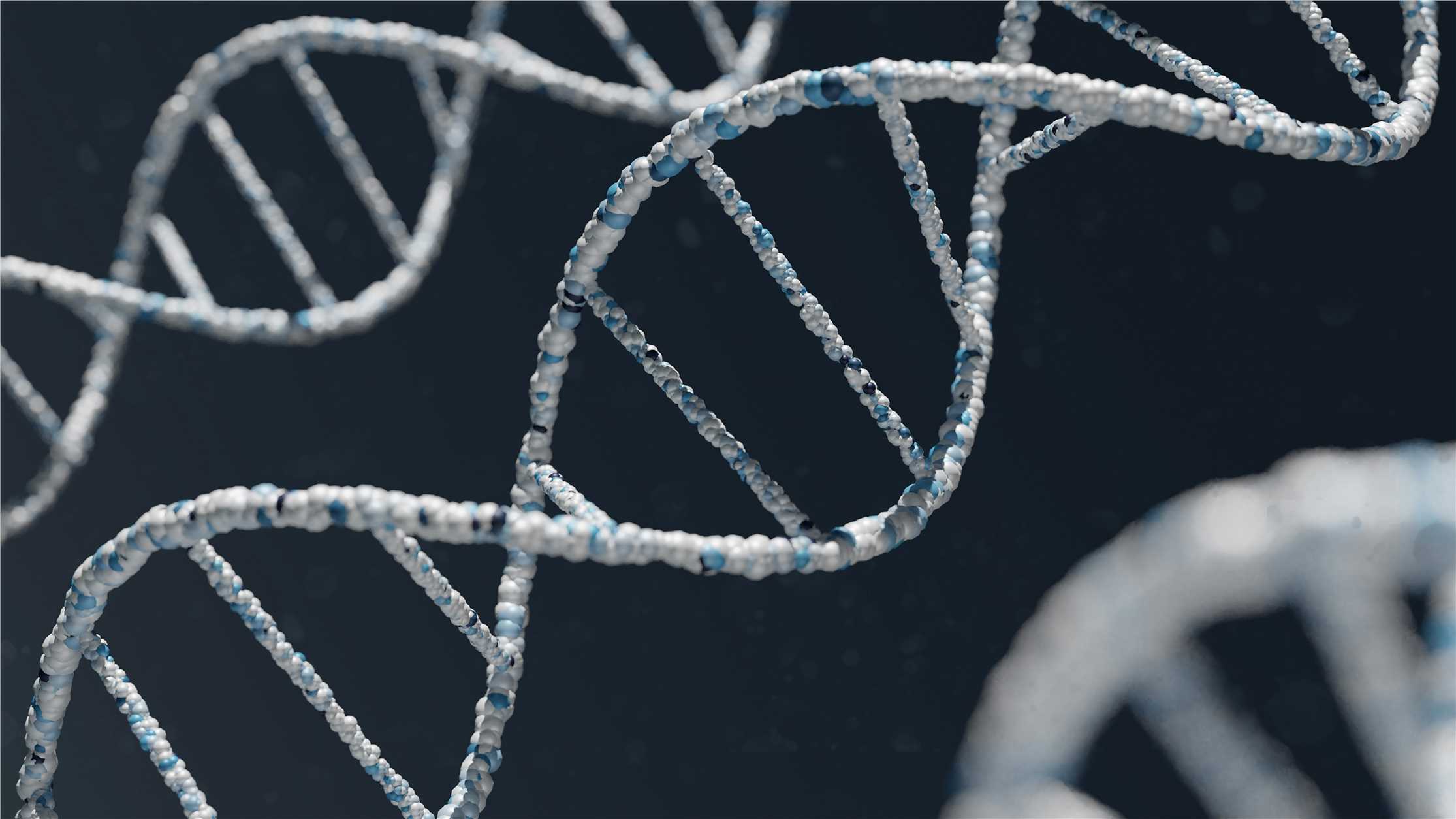DNA biosensors are commonly utilized to detect specific sequences of DNA. The detection can be achieved by exploiting the specific affinity of single-stranded DNA (ssDNA) for a complementary strand of ssDNA. Various detection techniques provide the basis for the design of biosensors and these are generally chosen according to their specific applications. Among the various devices designed up to now, electrochemical DNA biosensors got more attention due to their rapid response and high sensitivity.

Introduction
For electrochemical DNA biosensors, the bioreceptor is DNA-naturally occurring recognition element DNA or aptamer artificially synthesized in vitro. Biosensors considering aptamer as bioreceptors are called aptasensors. The transducer is an electrode onto which DNA as the biorecognition species is immobilized.
There have been two main approaches to the electrochemical transduction of DNA hybridization. Labelled methods use redox active molecules that bind to DNA and label-free methods rely on the measurement of physiochemical changes occurring on the surface of the transducer device due to the DNA hybridization or the natural electroactivity of DNA.
Three different detection mechanisms are commonly applied in electrochemical DNA biosensors.
- Direct binding mechanism: The aptamer immobilized on the electrode surface binds to target directly, causing a conformation change of aptamer, and then the current signal changes.
- Target-induced dissociation mechanism: In the absence of target, the aptamer hybridizes with its complementary sequence. While the addition of target induces dissociation and replacement of the complementary sequence from the aptamer, making its complementary sequence free again and changing the electrochemical signal.
- Dual aptamer detection mechanism: In this case, the first aptamer is immobilized on sensing interface as capture probe to bind with the target and the second aptamer acts as a signal probe.
Immobilization
The immobilization of the ssDNA onto the transducer surface plays an important role in the performance of the biosensors because the surface modification technique must be compatible with the related sensing methodology.
Table 1 Summary of DNA immobilization methods for electrochemical DNA detection. (Rafique, 2019)
Electrochemical Techniques
Among the voltammetry techniques, square wave voltammetry (SWV), cyclic voltammetry (CV), and differential pulse voltammetry (DPV) are the most frequently employed.
- CV is often used to characterize chemical reactions and electrochemical coupling process on electrode surface.
- SWV is versatile as well as highly sensitive and widely used in quantitative analysis and kinetic studies of materials. Moreover, the peak shape of SWV is simple and convenient for data analysis.
- DPV possesses the merits of lower background current and higher sensitivity. Almost all electrochemical DNA biosensors employ DPV as analysis technique for target concentration determination.
Detection Approaches
- Direct electrochemical DNA sensing
- Indirect electrochemical DNA sensing
In direct DNA detection techniques, any target molecule from the system does not require any labeling. DNA’s own structure and composition are of paramount advantageous for electrochemical detection. Adenine and guanine of DNA can be easily oxidized within a certain potential range, thymine and cytosine require higher potential for oxidation, so electron transfer can be performed directly on several electrode surfaces. Even the sensing strategy based on direct redox reaction of nucleic bases has a high sensitivity, the large background current interference limits its application.
In the indirect detection approach, labeling of any target is required to translate the DNA hybridization into an electrical signal. Numerous studies introduced redox active molecules as indicators to promote electron transfer between the electro-active base and the electrode surface. DNA was detected indirectly by measuring the electrical signals generated by the modified substances.
Three selection requirements for redox active indicators:
a) Indicators cannot affect the activity of bioreceptors and cannot react with the electrode material itself.
b) Possessing the ability to bind with ssDNA or dsDNA selectively.
c) Cannot adsorb on the sensing surface.
According to the above requirements, redox active molecules applied in electrochemical DNA biosensors include Methylene Blue (MB), Toluidine Blue (TB), Oracet Blue (OB), Hoechst 33258, [Ru(phen)3]2+, and Daunomycin.
For Research Use Only.

